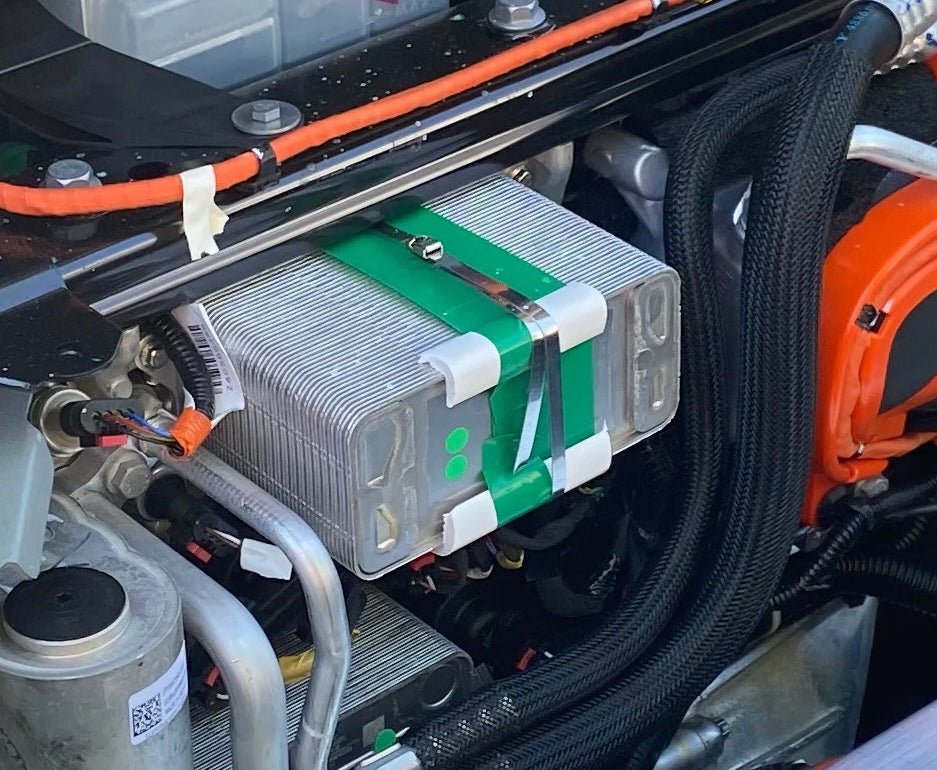The quality issues exhibited by Tesla vehicles are not something that can take our readers by surprise at this point. Assembly and paint failures of the American brand’s models have been reported almost since the start of the Model S production in 2012, and they do not appear to have improved much with the later Model X and Model 3.
However, everything seems to indicate that the newcomer Model Y has managed to break all the records of its predecessors, with fudges that are not only limited to scuffed bodies and poorly applied paint or notched upholstery but go to ridiculous extremes with the delivery of units with the rear seats not anchored or with water leaks on the roof as a convertible.
Now, the grotesque has reached a new level. A user of the Tesla Motors Club forum reported that, after removing the plastics from the frunk (front trunk) of his unit to correct a poor fit of a panel, he found that the condenser that acts as a heat exchanger for the cooling system was secured with a green ribbon, zip ties… and some wooden stops from a DIY store.
After this discovery, other owners began to inspect their Model Y, finding the same botch, which also affects a fundamental part of the vehicle’s cooling system. It is responsible for conditioning the passenger compartment, the battery, and the car’s transmission unit. In other words, an assembly of such low quality could even be dangerous.
The wood trim was placed on the assembly line to prevent the metal part’s sharp edges from cutting through the clamping flanges. Curiously, transparent plastic pieces were used in some units instead of the wooden stops described above, although their function is the same.
This “ñapa” is due to Tesla’s rush to deliver the maximum possible number of Model Y units during the second quarter of the year, to sell more emission credits to other manufacturers and offset their economic losses (without the credits emissions, Tesla would have ended June in the red). Not surprisingly, discovering that this is why its new $ 50,000-plus premium SUV uses hardware parts to secure some of its vital components has outraged users.

